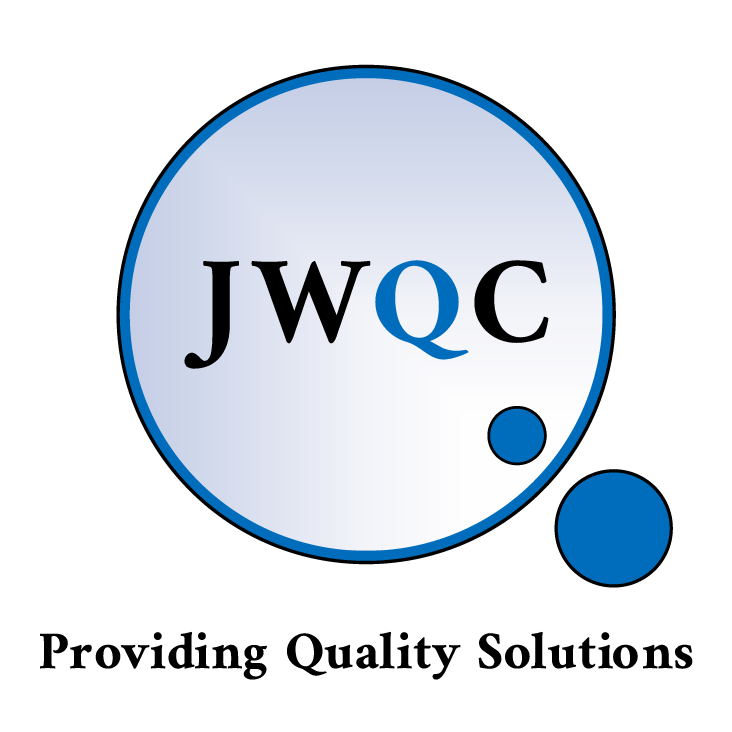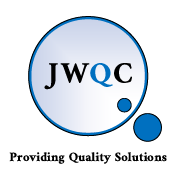QRM Part 2 - What’s In Your Risk Register?
How do you keep track of vendor quality events relating to your product? Do you find yourself focusing all your time and effort on addressing hazards which have little or no impact on your product, or on processes that won’t be occurring for a substantial amount of time? Do you feel that your time could be used more effectively and efficiently?
In our experience, we have found that having a log of all quality events and concerns, or RISK REGISTER, is an invaluable tool for helping sponsors to decide which ones are likely to be higher risk and need to be addressed first, and which are less of a priority. All this requires is a quick, initial assessment, where you can triage the events and concerns by, for example, deciding whether there is any potential impact on:
Current or Existing batches
Current campaigns
Current Cohorts
Existing data
If the answer to any of those is yes, then any hazards need to be addressed immediately. If they’re all no, then other potentially high-risk hazards can take priority, but by having all events logged in a RISK REGISTER, you never lose sight of them.
How much assessment is enough? What do you need to document?
As we saw in the first blog, ICH Q9 states ‘The level of effort, formality and documentation of the quality risk management process should be commensurate with the level of risk’
Again, in our experience, asking yourself simple questions can help you to decide the level of formality and documentation required, e.g.
Is all the information available to understand the problem?
How much is assumption and how much is evidence based?
Does the assessment need input from a multidisciplinary team?
Have all hazards been identified?
Has the vendor investigated any quality events thoroughly and assigned appropriate CAPA(s) to control the hazard?
Do you need to add any further justification to accept the level of risk?
For example, if it’s a simple deviation at a Vendor that has been investigated, addressed and documented satisfactorily, then there may be no need to assess it any further, and the Vendor documentation can be acknowledged and accepted as resolving the event on the Risk Register.
However if, there are additional hazards which have not been thought about by the Vendor, or if there’s a lack of scientific evidence to support conclusions, then it is useful to have a system in place which allows you to document a more in depth and thorough investigation, and to ensure all controls are identified and put in place to reduce risk.
Producing a risk assessment document can be an effective way to communicate your findings with the vendor, leading to better cooperation when working to control any hazards. To get a better understanding of our practical approach to performing risk assessments, make sure you follow JW Quality Consulting’s LinkedIn page or remember to check our blog regularly for part 3 of our Quality Risk Management series.
Finally, we have a very quick request if you have made it this far. Underneath we have a quick poll to help direct how we can best help you to effectively manage your GMP quality oversight responsibilities. We would be very grateful if you would take a couple of minutes to answer the following questions for us, and if you have any questions, don’t hesitate to contact us here.



